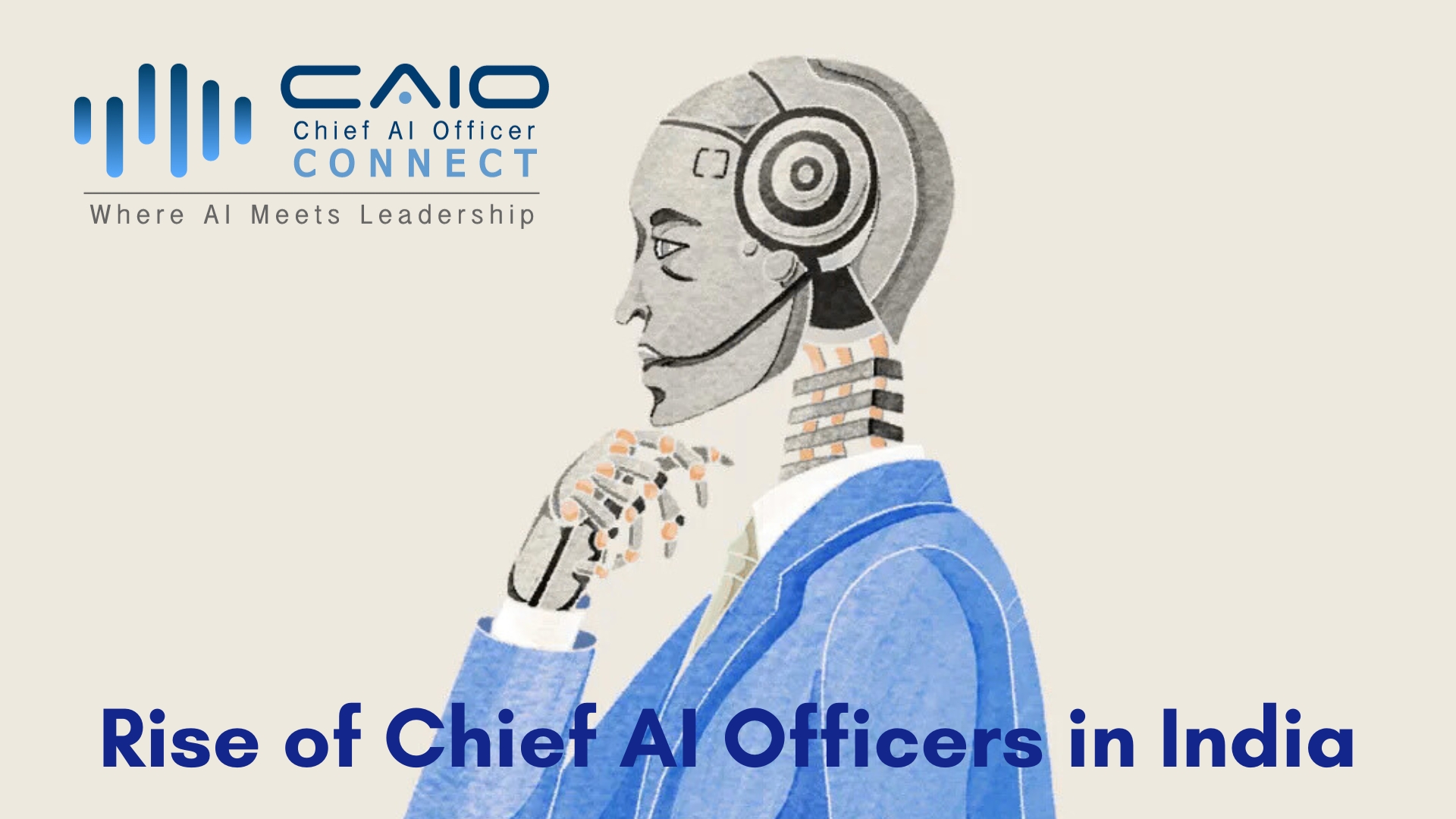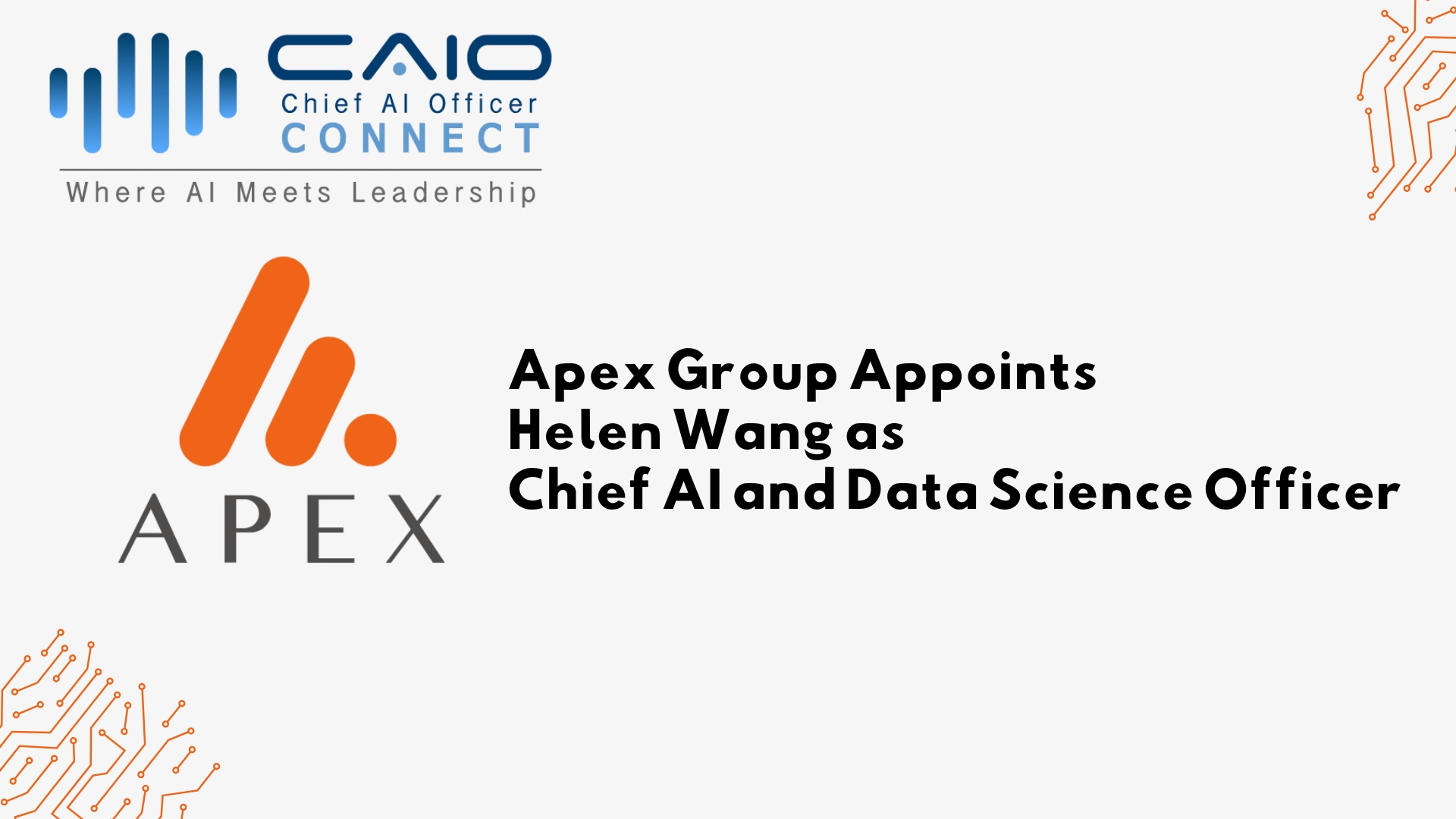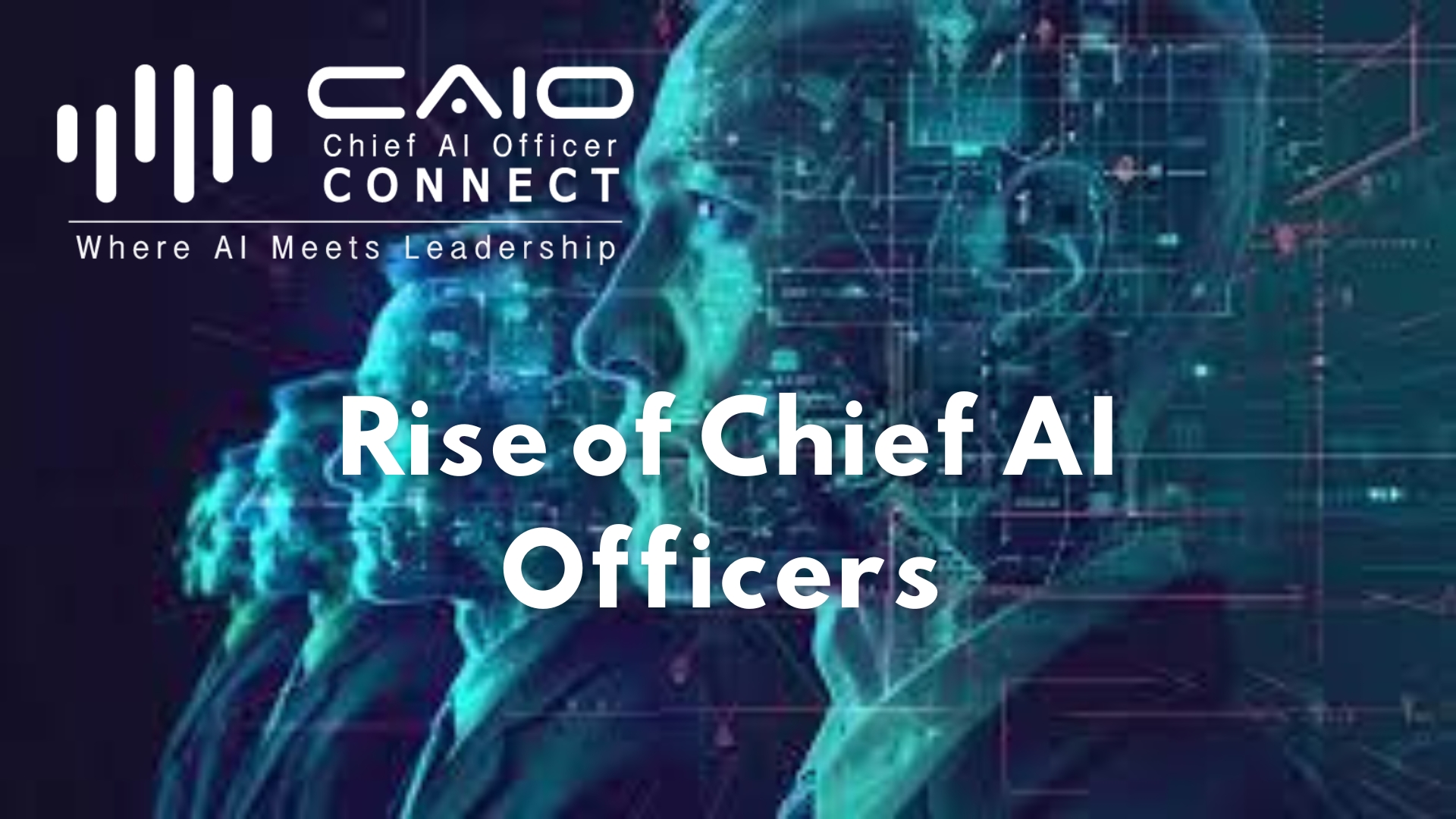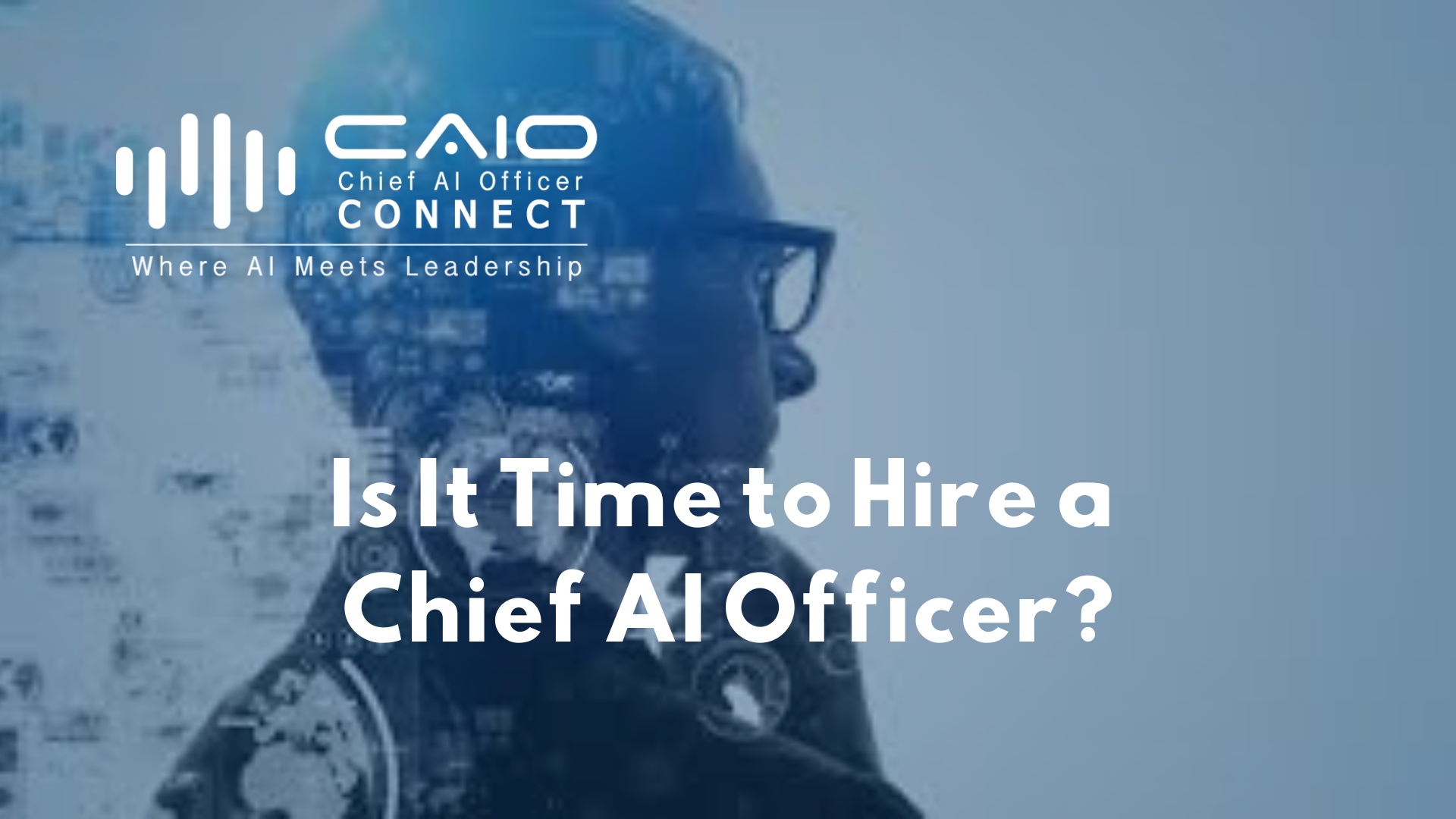Artificial Intelligence (AI) continues to evolve at a remarkable pace, and today’s advancements are proving to be more than just incremental improvements. A new frontier is emerging where AI models are not only capable of generating content but also demonstrating advanced reasoning abilities. For businesses striving to stay ahead in an increasingly competitive landscape, understanding and harnessing these dual capabilities could be the ultimate game-changer.
Understanding Generative AI and Reasoning Models
Generative AI has been the talk of the town for years. Its ability to create text, images, music, and even code by identifying patterns within massive datasets has transformed content creation, marketing, and creative industries. However, this power comes with limitations. Generative AI works primarily through pattern recognition and statistical probability, which means it can produce impressive outputs but lacks true understanding or logical reasoning. Its outputs are often creative but can be flawed, inaccurate, or disconnected from the intended context.
On the other hand, reasoning models are designed to mimic human-like thought processes. They do not merely generate content; they evaluate, analyze, and draw conclusions based on logical steps. This approach allows them to solve complex problems, make informed decisions, and provide explanations for their conclusions. By combining structured logic with pattern recognition, reasoning models offer a more accurate and reliable approach to tasks that require analytical rigor and critical thinking.
Why Businesses Need Both
The distinction between generative and reasoning AI models presents an exciting opportunity for businesses. While generative AI excels in creative brainstorming, marketing content generation, and rapid ideation, reasoning models shine in areas that require meticulous analysis, decision-making, and strategic planning.
For instance, a marketing team may use a generative AI model to create captivating promotional material quickly. However, when it comes to assessing the effectiveness of those campaigns, reasoning models can provide deeper insights by analyzing data, detecting patterns, and predicting future trends. This dual approach ensures creativity is backed by logic, making strategies more robust and effective.
Moreover, combining these models can unlock powerful synergies. A generative AI can draft responses to customer queries, while a reasoning model reviews these interactions to ensure accuracy, compliance, and consistency with company guidelines. This integrated approach not only enhances efficiency but also minimizes risks associated with AI errors.
Embracing the Future of AI in Business
As AI technology advances, hybrid models that combine generative capabilities with reasoning functions are becoming more prevalent. Businesses that can effectively harness these tools will be better equipped to navigate complex challenges, enhance productivity, and create more personalized experiences for their customers.
Furthermore, emerging techniques aimed at enhancing AI’s reasoning abilities are making these models even more powerful. As companies continue to experiment and innovate, the ability to switch between creativity and critical thinking will prove invaluable.
Final Thoughts
The future of AI in business lies in recognizing and leveraging the strengths of both generative and reasoning models. While creativity and efficiency are essential, accuracy and logical decision-making are equally critical. Companies that successfully balance these capabilities will not only improve their operational efficiency but also gain a competitive edge in their respective markets. By embracing AI’s dual nature, businesses can pave the way for smarter, more reliable, and transformative growth.









